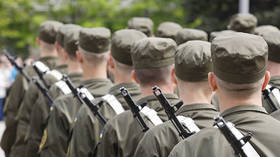Palmyra liberated: First images of ancient heritage site freed from ISIS (PHOTOS)
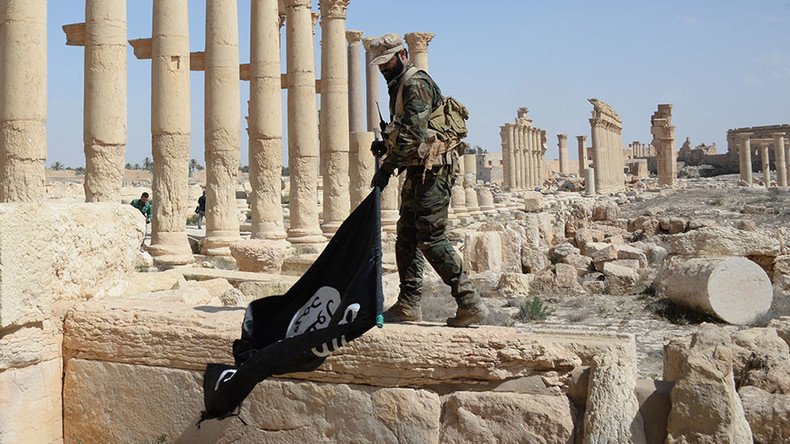
The first photos coming out of UNESCO World Heritage Site Palmyra since its liberation from Islamic State terrorists have raised hopes that the unique architecture of the ancient Syrian city can be restored.
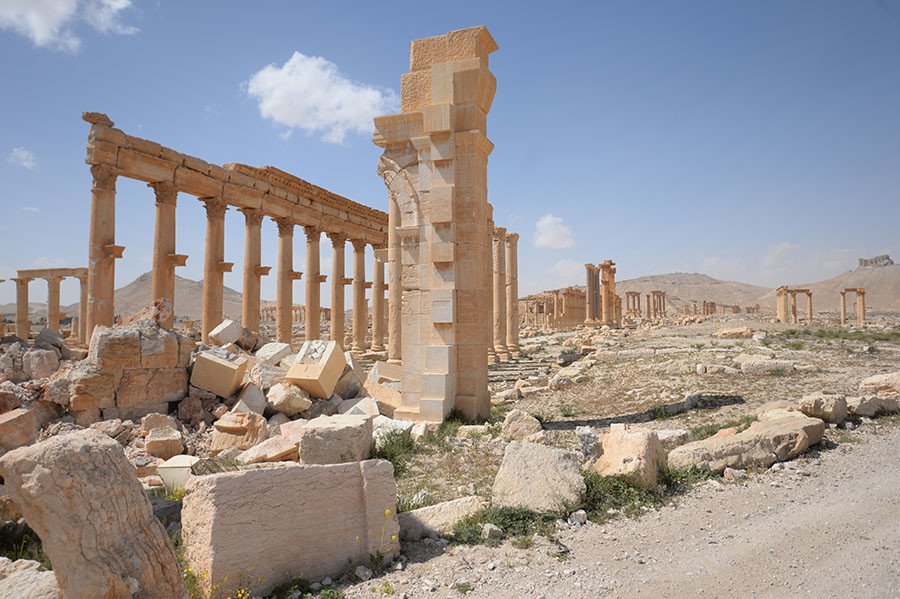
Palmyra or “City of Palms,” an open-air heritage site located in Homs Province some 200km from the Syrian capital of Damascus, finally enjoyed some moments of peace on Sunday after being freed from Islamic State (IS, formerly ISIS/ISIL) terror group by the Syrian army with the support of Russian airstrikes.
READ MORE: Syrian army retakes Palmyra from ISIS
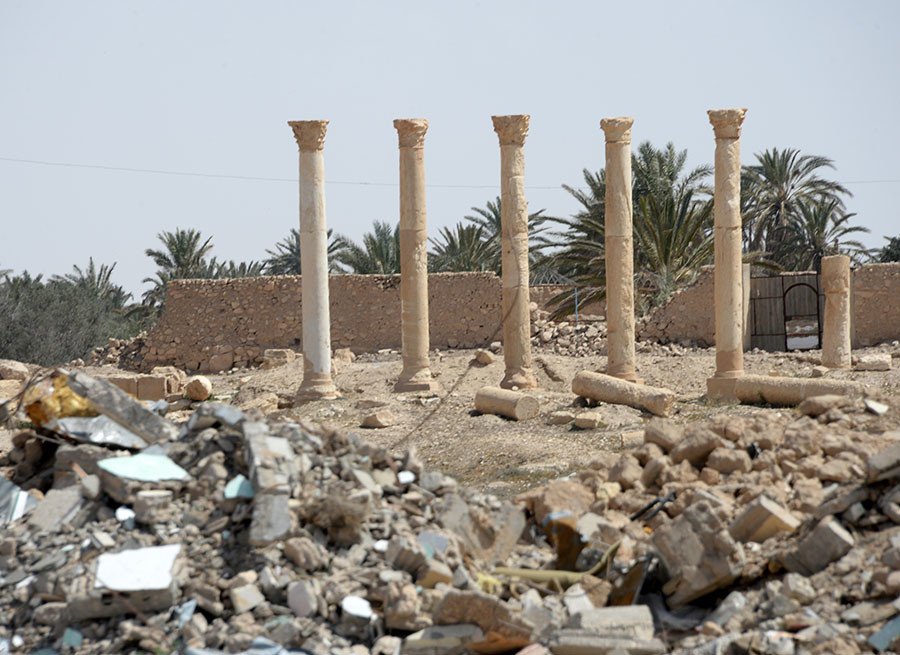
One of the most important cultural sites of the ancient world, the city known as the “Oasis of the Syrian Desert” was captured by IS in May of last year, and witnessed horrific terrorist atrocities during their ten-month rule.
READ MORE: Harrowing images show ISIS ‘demolishing’ Syria’s ancient Palmyra temple (PHOTOS)
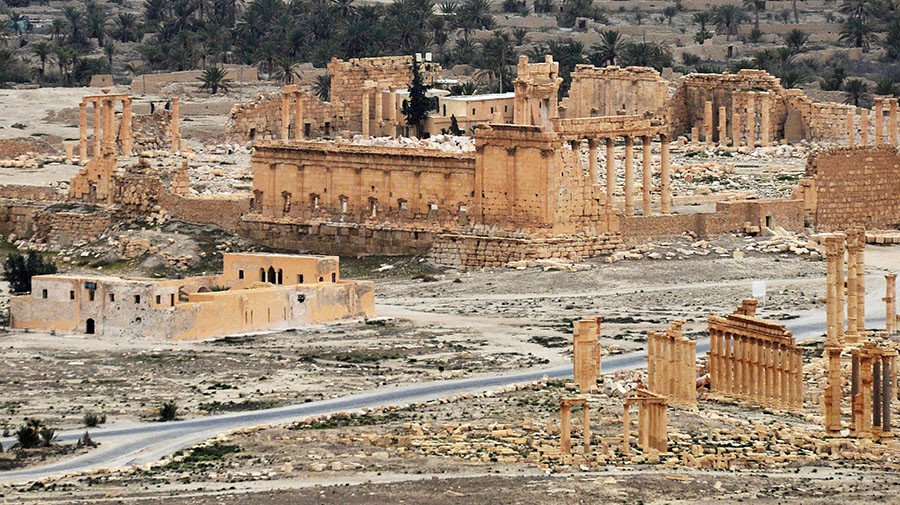
The terrorists ravaged several of Palmyra’s structures during the occupation. One of the city’s best preserved sites, the 2,000-year-old Bel Temple known as the “Pearl of Desert,” which was once considered one of the world’s greatest ancient relics, was demolished with explosives. The jewel of the ancient ruins, the iconic Arch of Triumph, was also was blown up by IS militants, who desecrated some unique tombs as well.
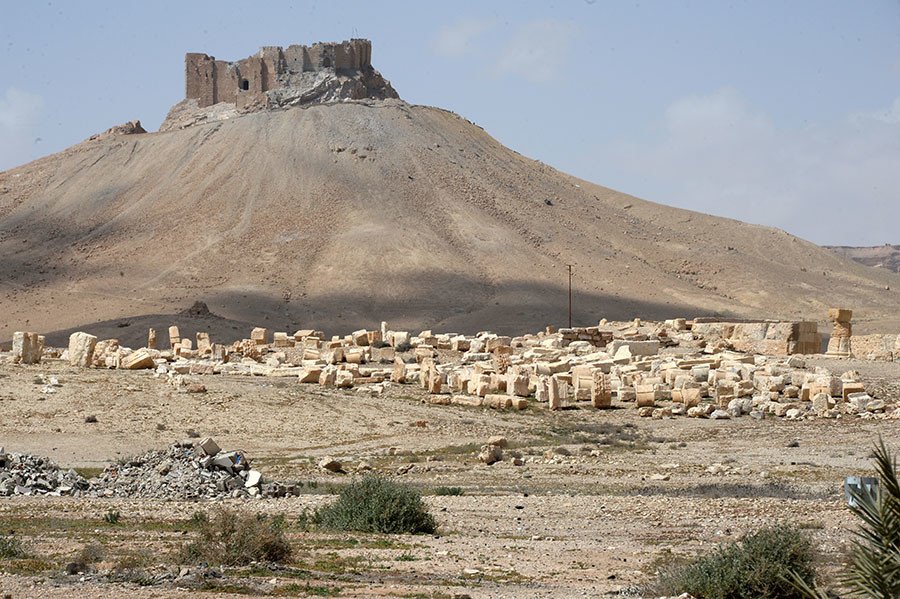
The Camp of Diocletian, a military complex built under a Roman emperor in the late third century AD, which had served as a military headquarters centuries ago, also seems to have been razed to the ground. However, the ancient Palmyra Castle Fakhr-al-Din al-Maani still stands proud atop the hill. Large parts of the Great Colonnade, which stretches for hundreds of meters, also remain intact.
READ MORE: Striking drone footage shows what remains of Palmyra after ISIS pillage
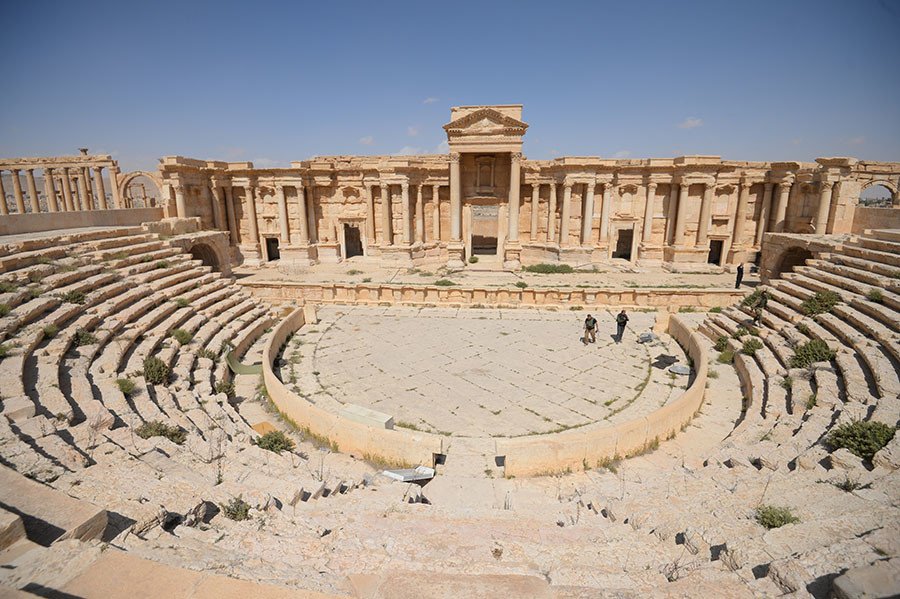
The Roman theater in Palmyra became the scene of horrific IS crimes, as its ancient stage was used as a place for public executions. The jihadists released videos documenting the murder of dozens of its prisoners at the site. Palmyra’s retired chief of antiquities, Khaled al-Asaad, was also tortured and beheaded by the jihadists, who wanted the historian to divulge information about the site’s treasures.
READ MORE: 6 out of 6 – ALL of Syria's UNESCO Heritage Sites damaged or destroyed during civil war
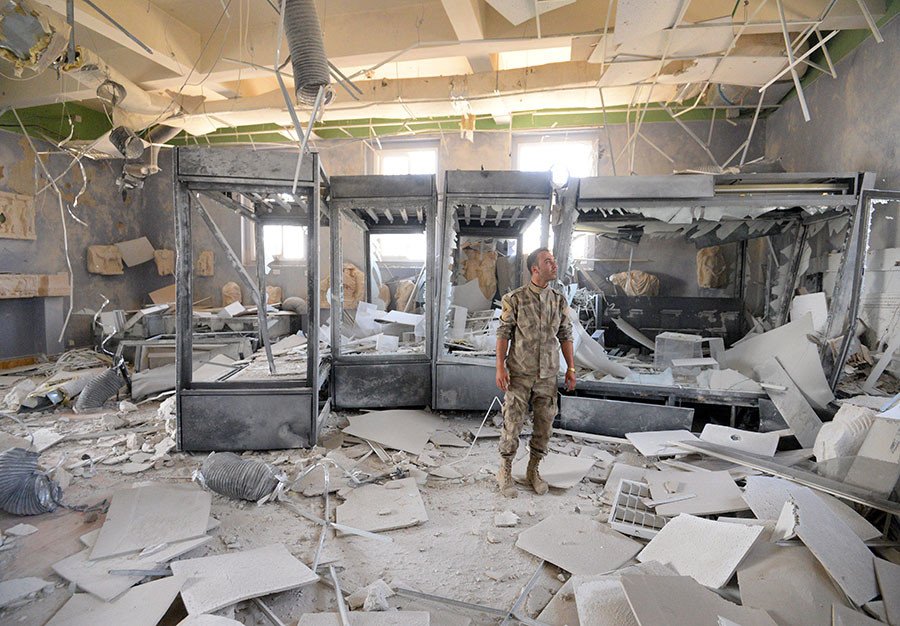
The Palmyra Museum was left devastated by IS militants, who looted and destroyed a large number of its artifacts. Yet, there is hope for the museum as well, as Syrian authorities had removed some of its objects before the IS occupation, and transported them to Damascus to be preserved. “After Palmyra’s liberation, now we are [thinking of what we can do] about the rehabilitation of the city,” Maamun Abdel Karim, head of Syria’s Directorate-General for Antiquities and Museums (DGAM), said on Sunday. There is a “vision” of what can be done already, the official added, saying that “there is [much] hope in our hearts.”
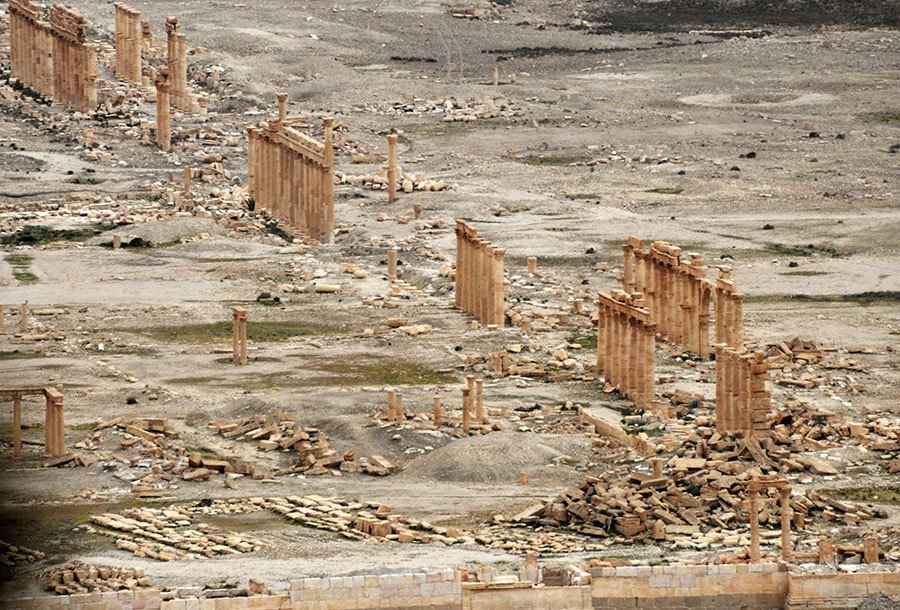
“The landscape in Palmyra is good,” Karim concluded, while UNESCO’s Director-General, Irina Bokova, said that the UN agency is beginning to consider options for preserving and restoring the World Heritage Site. It has also been announced that Russia’s State Hermitage museum is set to work in close cooperation with UNESCO to bringing the ancient city back to its former glory, with Russian specialists keen to “take an active part and share experiences” in the process.
Incidentally, the Russian city of St. Petersburg, where the famous museum is based, has been poetically referred to as the “Northern Palmyra,” making the Syrian-Russian cooperation all the more symbolic for some of the scholars there.





